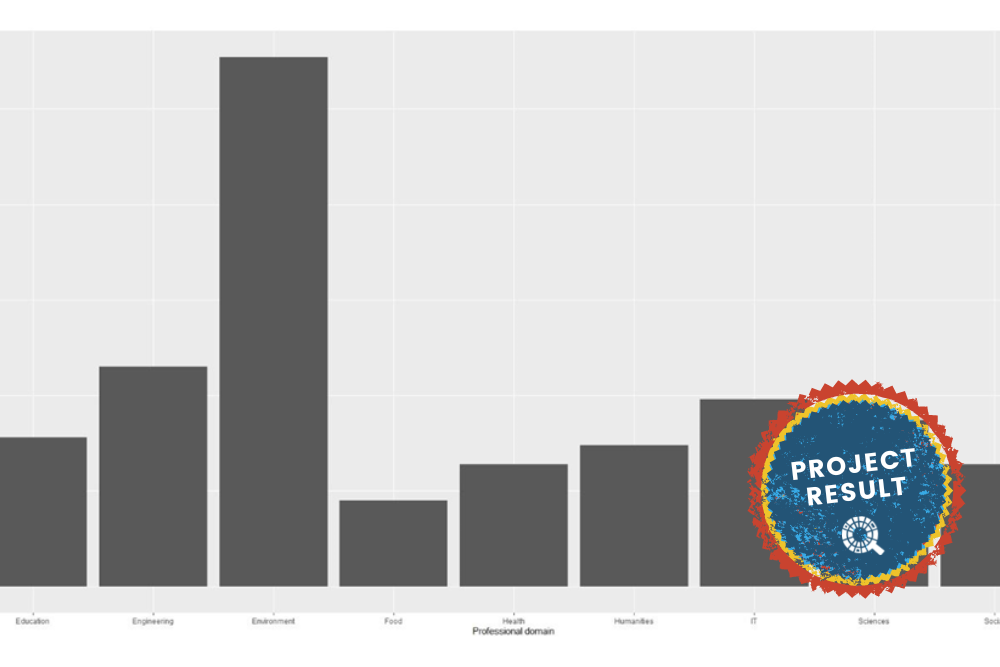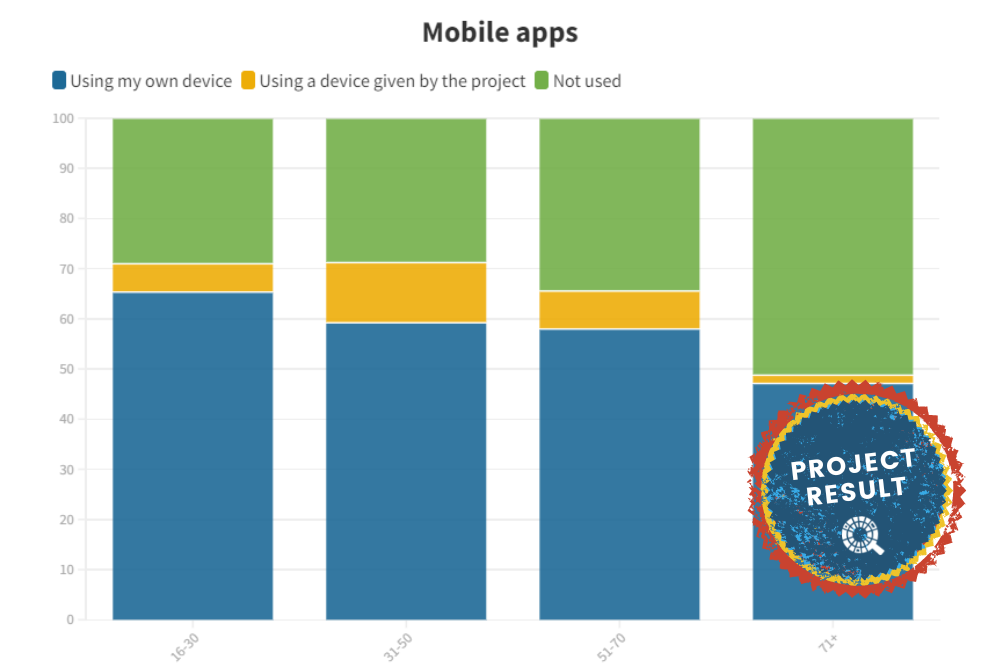A cornerstone of the CS Track project’s approach to investigating how citizen science (CS) activities develop and work is the use of computational analysis techniques applied to digital sources and traces to characterise and analyse these activities in terms of interactions within certain projects, the interplay with “official” science and their interaction with society. The recently published deliverable entitled “Specification of Web-based Analytics Methods and Tools” specifies the CS Track approach in terms of the selection and description of pertinent methods and their relevance in the citizen science context. This approach is also illustrated by a sample application of network analysis techniques to a Zooniverse case (“Chimp & See”). The final section of this deliverable explains the intended usage of the methodology.
The Approach
The spectrum of methods includes social network analysis (SNA) as well as natural language processing and text mining. In the context of CS Track, these methods are employed on three different levels of granularity and scale with different outcomes:
- Macro: Here input is taken from open spaces in the web and particularly from the Twitter blogosphere, which allows for capturing projects and activities beyond the CS Track database. Possible outcomes include the identification of trends and the assessment of public outreach related to CS activities..
- Meso: At this level, certain methods will be used on subsets of projects in the CS Track database in an automatic and uniform way. A typical example is the extraction of research areas from project descriptions, allowing assessing multi-disciplinarity and the interplay with standard scientific disciplines.
- Micro: Analyses at the smallest level of granularity are conducted with small sets of pre-selected projects, diving more deeply into specific information resources such as forums or wikis using combinations of social network analysis and text mining adapted to the specific case. This allows for identifying patterns of participation and exchange between different actors (e.g., comparing volunteers to professional scientists).
Table 1. Differences between the different levels and provides a specification of what kinds and combinations of methods and tools could be used to learn more about citizen science at each level.
Example application of network analysis techniques at micro level
The Chimp & See project was started in 2015 by the Max Planck Institute for Evolutionary Anthropology as one of the projects on the Zooniverse platform. Its goal is to gain a better understanding of chimp culture, population size and demographics in specific regions of Africa.
The forum data of the Chimp & See talk pages was processed to create a dataset for analysis. In total 3218 forum threads with 24531 individual posts were analysed by using Social Network Analysis. Sample findings include:
- The top 5% (in total 28) of users contribute around 87% of the forum posts.
- The roles are almost equally distributed between the top users (8 moderators, 9 scientists and 11 volunteers) and volunteers are highly motivated to contribute to the discussions.
Figure 1. Users and posts.
Intended usage of the methodology
Computational analytics together with the database-related activities form the core of technology-oriented elements of CS Track. Analytics results gained through different methods will be connected and integrated with empirical-interpretative approaches originating from social studies practices in a triangulation approach. The results will be used to provide strategic recommendations and evidence to support decision-making for stakeholders.
From a research perspective, analytics results as well as the experience gained through applying and adapting analytics methods to CS projects activities will be the source of scientific contributions in the context of research on electronic communities and collaboration with technologies with venues such as ACM Group or CollabTech (see recently accepted full paper: Amarasinghe et al., 2021).
Figure 2. Uses of web analytics.
For more information
Download the full deliverable here.
References
Photo by rawpixel.com on Freepik















